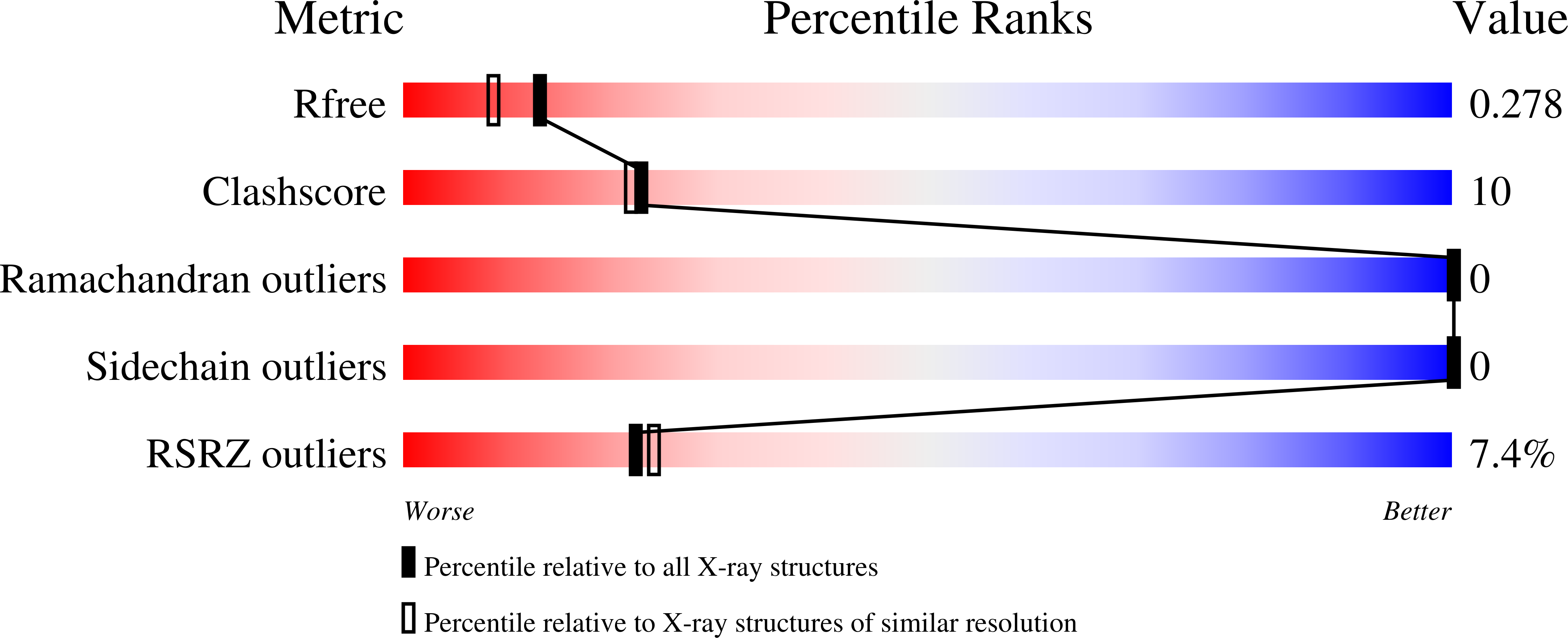
Deposition Date
2025-01-26
Release Date
2025-06-11
Last Version Date
2025-06-25
Method Details:
Experimental Method:
Resolution:
2.10 Å
R-Value Free:
0.27
R-Value Work:
0.22
Space Group:
C 2 2 21


